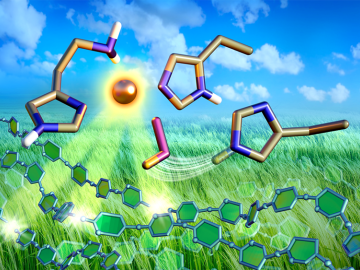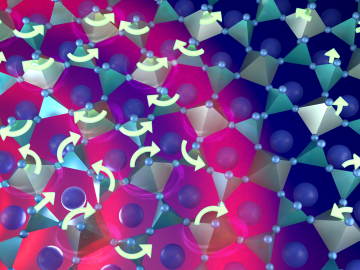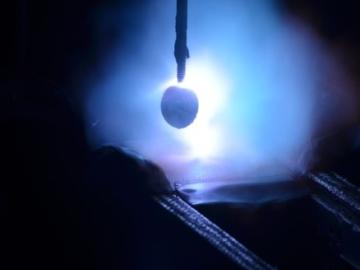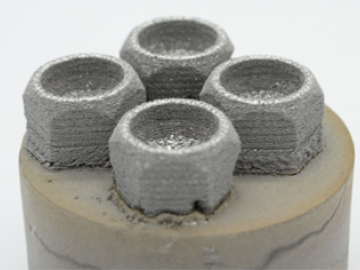
Filter News
Area of Research
- (-) Advanced Manufacturing (4)
- (-) Neutron Science (4)
- Biological Systems (1)
- Biology and Environment (12)
- Computational Engineering (1)
- Energy Science (14)
- Fusion and Fission (2)
- Fusion Energy (8)
- Materials (21)
- Materials for Computing (6)
- Mathematics (1)
- National Security (1)
- Nuclear Science and Technology (4)
- Nuclear Systems Modeling, Simulation and Validation (1)
- Quantum information Science (1)
- Supercomputing (3)
- Transportation Systems (1)
News Topics
- (-) Advanced Reactors (1)
- (-) Bioenergy (1)
- (-) Fusion (1)
- (-) Materials Science (7)
- (-) Physics (1)
- 3-D Printing/Advanced Manufacturing (11)
- Artificial Intelligence (1)
- Biomedical (2)
- Chemical Sciences (1)
- Composites (3)
- Energy Storage (2)
- Environment (1)
- Materials (7)
- Microscopy (1)
- Nanotechnology (1)
- Neutron Science (23)
- Nuclear Energy (2)
- Quantum Science (1)
- Space Exploration (2)
- Transportation (1)
Media Contacts

Nonfood, plant-based biofuels have potential as a green alternative to fossil fuels, but the enzymes required for production are too inefficient and costly to produce. However, new research is shining a light on enzymes from fungi that could make biofuels economically viable.

Warming a crystal of the mineral fresnoite, ORNL scientists discovered that excitations called phasons carried heat three times farther and faster than phonons, the excitations that usually carry heat through a material.

Oak Ridge National Laboratory researchers have demonstrated that a new class of superalloys made of cobalt and nickel remains crack-free and defect-resistant in extreme heat, making them conducive for use in metal-based 3D printing applications.

Pauling’s Rules is the standard model used to describe atomic arrangements in ordered materials. Neutron scattering experiments at Oak Ridge National Laboratory confirmed this approach can also be used to describe highly disordered materials.

Researchers at Oak Ridge National Laboratory demonstrated that an additively manufactured polymer layer, when applied to carbon fiber reinforced plastic, or CFRP, can serve as an effective protector against aircraft lightning strikes.

A team including Oak Ridge National Laboratory and University of Tennessee researchers demonstrated a novel 3D printing approach called Z-pinning that can increase the material’s strength and toughness by more than three and a half times compared to conventional additive manufacturing processes.

Using additive manufacturing, scientists experimenting with tungsten at Oak Ridge National Laboratory hope to unlock new potential of the high-performance heat-transferring material used to protect components from the plasma inside a fusion reactor. Fusion requires hydrogen isotopes to reach millions of degrees.

Scientists have discovered a way to alter heat transport in thermoelectric materials, a finding that may ultimately improve energy efficiency as the materials


